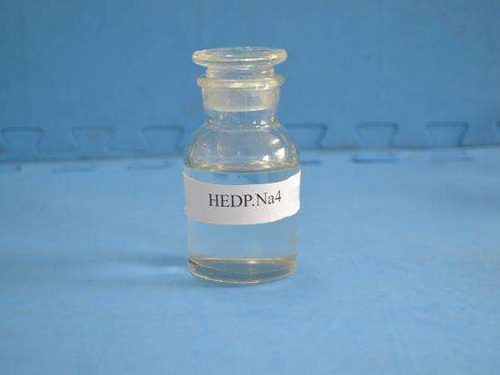Exploring the Benefits and Applications of Zinc HEDP in Industrial and Environmental Settings
The Role of Zinc in HEDP Applications and Benefits
Zinc is an essential trace element that plays a critical role in various biological functions. One of the most innovative applications of zinc is in conjunction with Hydroxyethane Diphosphonic Acid (HEDP), a chemical compound extensively used in the field of water treatment and as a corrosion inhibitor. The combination of zinc and HEDP provides numerous advantages, particularly in industrial applications.
HEDP, classified as a phosphonic acid, is known for its excellent chelating properties, which allow it to form stable complexes with metal ions, including calcium and magnesium. This quality makes HEDP particularly effective in preventing scale formation in water systems. When used alongside zinc, the efficacy of HEDP can be enhanced, providing a dual-action approach to managing corrosion and scale deposition.
Corrosion Inhibition
Corrosion is a significant issue faced by industries that rely on metal components in various systems, such as cooling towers, boilers, and pipelines. The presence of corrosive agents in water can lead to significant maintenance costs, increased downtime, and reduced operational efficiency. The use of zinc in combination with HEDP offers a unique solution to these corrosion issues.
Zinc acts as a sacrificial anode, meaning that it corrode preferentially to the structural metals in a system. When combined with HEDP, the zinc ions provide a protective layer that helps to minimize oxidation and deterioration of vulnerable metal surfaces. HEDP’s chelating capability ensures that the zinc remains active and accessible, enhancing its protective qualities.
Scale Prevention
zn hedp 锌hedp

Scale formation can be a considerable problem in water systems where minerals, such as calcium and magnesium, precipitate out of the water and settle on surfaces. This scaling can lead to decreased efficiency, increased energy consumption, and potential equipment failure. HEDP plays a crucial role in mitigating scale formation by binding with these mineral ions, thus preventing them from forming deposits.
When zinc is introduced into this equation, it further aids in scale control. Zinc ions can inhibit crystal growth, thus preventing the accumulation of scale. This synergistic effect means that systems treated with HEDP and zinc are less likely to experience scaling issues, resulting in enhanced performance and longevity of the equipment.
Environmental Considerations
In recent years, there has been increasing scrutiny on the environmental impact of chemical additives used in industrial processes. HEDP and zinc are considered relatively safe when used appropriately, and their application can lead to reduced reliance on harsher chemicals. By controlling corrosion and scale formation, industries can improve their overall water management strategies, thus minimizing waste and reducing their environmental footprint.
Conclusion
The incorporation of zinc with HEDP represents a powerful strategy for enhancing water treatment processes. By effectively addressing both corrosion and scale, this combination can lead to significant operational benefits, including reduced maintenance costs, improved efficiency, and increased equipment lifespan. As industries strive for more sustainable and cost-effective solutions, the use of zinc in conjunction with HEDP stands as a testament to innovative chemical applications in modern industrial practices. With continued research and development, the potential for these compounds to transform water management techniques remains promising.
-
Water Treatment with Flocculant Water TreatmentNewsJun.12,2025
-
Polymaleic AnhydrideNewsJun.12,2025
-
Polyaspartic AcidNewsJun.12,2025
-
Enhance Industrial Processes with IsothiazolinonesNewsJun.12,2025
-
Enhance Industrial Processes with PBTCA SolutionsNewsJun.12,2025
-
Dodecyldimethylbenzylammonium Chloride SolutionsNewsJun.12,2025





